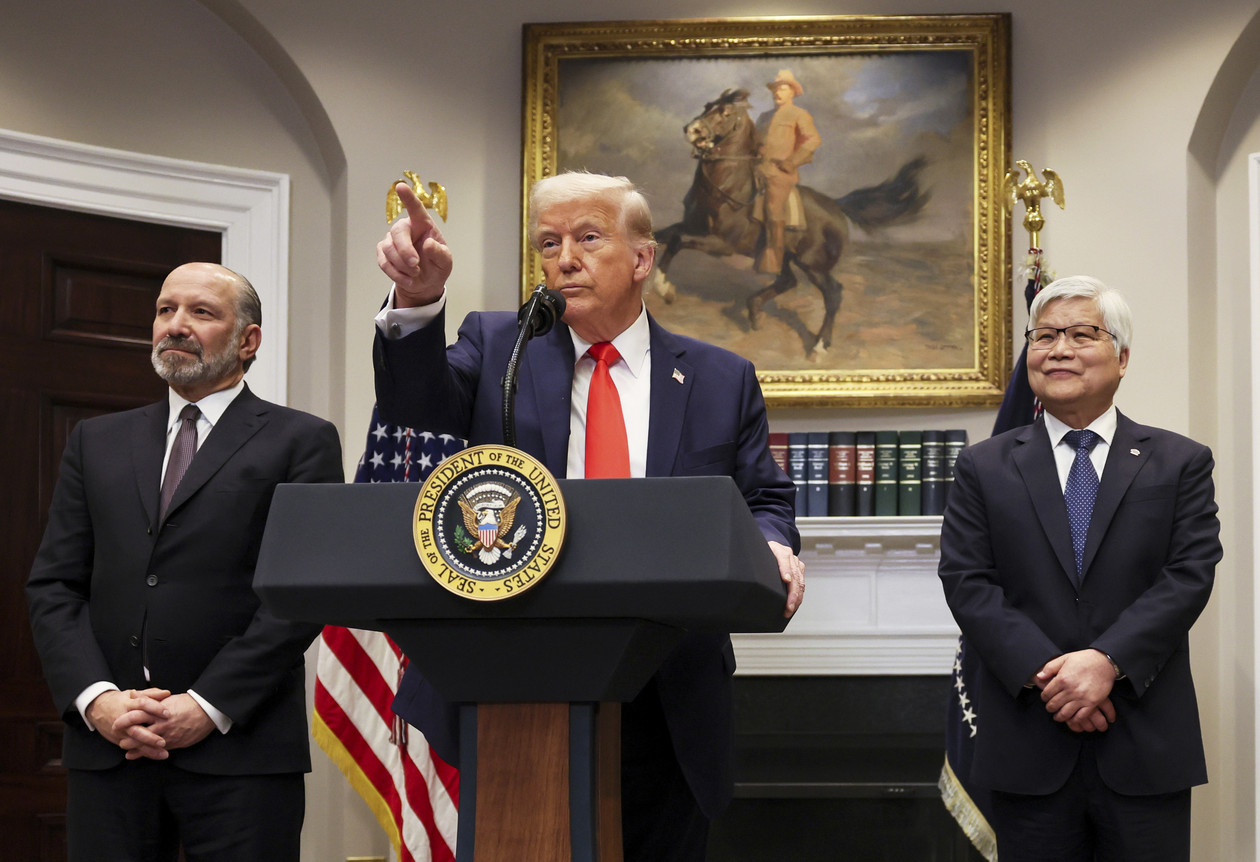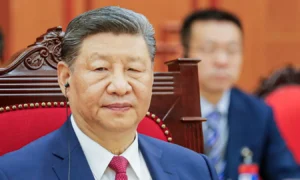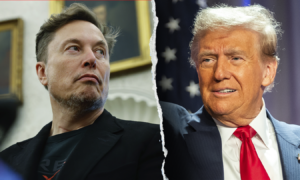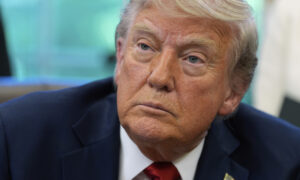In a Thursday tweet, President Trump once again expressed his displeasure with the Federal Reserve’s reluctance to aggressively lower interest rates, calling for Powell’s “termination cannot come fast enough.”
The tenure of Powell does not end until May 2026, but Trump has hinted at taking action to remove him. The president’s scathing attack follows Fed Chair Powell’s signaling the previous day that the central bank will maintain its key interest rate at its current level as it seeks “greater clarity” on the effects of policy shifts in areas like tariffs, immigration, taxes, and regulation.
The president and his economic advisors have voiced their desire for a decline in longer-term interest rates, which would lower borrowing costs for consumers purchasing housing, transportation, and household goods. The Federal Reserve can only influence short-term interest rates; Trump’s announcement of massive tariffs caused longer-term borrowing costs to rise.
It may be more difficult for the Federal Reserve to reduce rates in the near future, as Powell has already stated, because of the impact of Trump’s tariffs on inflation and economic growth. Despite the potential economic hit, the chair of the Federal Reserve implied in Wednesday’s Chicago speech that the central bank will prioritize the battle against inflation in the aftermath of the tariffs. Wednesday’s stock price decline was in part caused by Powell’s remarks.
Trump boasted on social media about the decline in oil costs, grocery prices (even eggs!), and the United States’ growing wealth from tariffs.
His next point was that Powell “should have lowered Interest Rates, like the ECB, long ago, but he should certainly lower them now,” alluding to the ECB. The time for Powell’s dismissal is now!
Key interest rates were cut by the European Central Bank from 2.5% to 2.25% on Thursday.
Trump nominated Powell in 2017, and in 2022, President Joe Biden appointed him to a second four-year term. Powell made it clear at a press conference in November that he would not quit even if Trump asked him to.
It was “not permitted under the law,” he added, to remove or demote high-ranking Fed officials.
The president’s remarks are occurring against the backdrop of a Supreme Court lawsuit that may decide whether presidents may remove the leaders of independent bodies like the Federal Reserve.
The president’s dismissal of employees from two separate agencies is the basis for the lawsuit. While it reviews the matter, the Supreme Court last week upheld the dismissals. It is possible that a more expansive order might be issued this summer, allowing the president to remove Fed officials, including the chair, from their positions.
Powell stated that the Federal Reserve is actively monitoring the matter and hinted that it may not pertain to the Fed. The Trump administration’s legal team has further maintained that the Fed’s autonomy would be unaffected by granting the president the authority to dismiss the two individuals.
According to Krishna Guha, an analyst at Evercore ISI, “It is difficult to overstate the consequences at this stressed moment of a Court ruling that found that President Trump… does have the authority to dismiss the heads of independent agencies and did not establish a clear carve-out for the Fed.” This information was shared by Guha on Thursday. “If you enjoyed the market tariff disaster, you would adore the trade involving the loss of independence from the Fed.”
Trump stated in an interview with Bloomberg News conducted in the middle of his 2024 campaign that he would permit Powell to complete his tenure as chair, which concludes in May 2026.
Ahead of the Fed’s decision, “there’s not going to be any political coercion, for sure,” Trump’s chief economic advisor Kevin Hassett stated in a recent TV interview.
With the unemployment rate low and inflation moving closer to the Fed’s 2% objective, Powell may have avoided the president’s animosity had he begun Trump’s second term in a more solid position.
Powell is in a bind since his job description calls on him to stabilize prices and maximize employment, yet Trump’s reckless and unplanned tariffs have raised the prospect of a recession accompanied by slower growth and rising inflationary pressures. Trump seems intent on blaming Powell for the economy’s decline, which is a direct result of his policies.
Wednesday, Powell spoke at the Economic Club of Chicago and stated that the Federal Reserve will always do what’s best for the American people.
The sole thing that will ever be done by us, according to Powell, is that. There will be no political pressure that can sway us. Anyone is free to express themselves. Absolutely, I don’t see any issue with it.
“Protecting our independence is our legal obligation,” Powell went on to say. You can’t fire us unless there’s a good reason to. We serve extremely lengthy periods, durations that appear to go on forever.
With his wave of tariffs, Trump has further endangered the US economy and the Federal Reserve. Following a swift reaction from the financial markets, the president announced a 90-day halt in which most countries will be charged a baseline 10% tax while discussions continue. This move came after the president imposed harsh tariff rises on April 2 based on U.S. trade imbalances with other nations. On top of the tax increases he had implemented on Canada, Mexico, automobiles, steel, and aluminum, Trump ramped up his tariff increases on China to a rate of 145%.
Goldman Sachs and other Wall Street firms have increased their probabilities that a recession may begin. In polls, consumers are showing a growing sense of pessimism over their employment prospects and their fears of a dramatic increase in inflation due to the imposition of import duties. The Federal Reserve would find it more challenging to employ the same strategy as in previous recessions in the event of stagflation, which is defined as high inflation with sluggish GDP.
An average American household would lose $4,900 due to the higher inflationary pressures caused by tariffs, according to the Budget Lab at Yale University.









